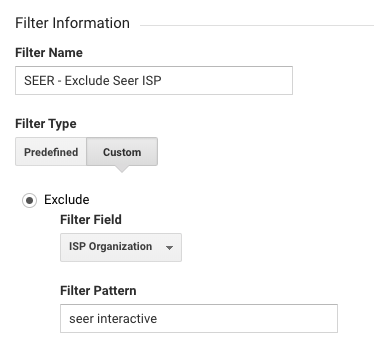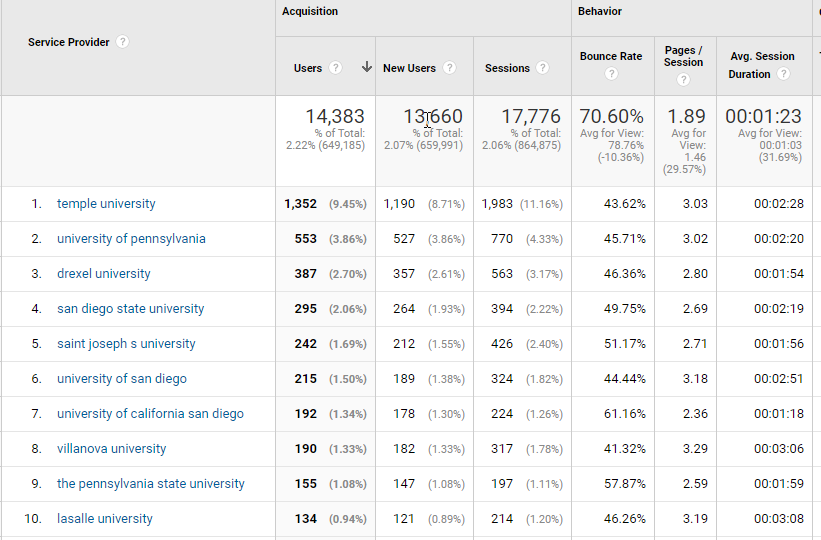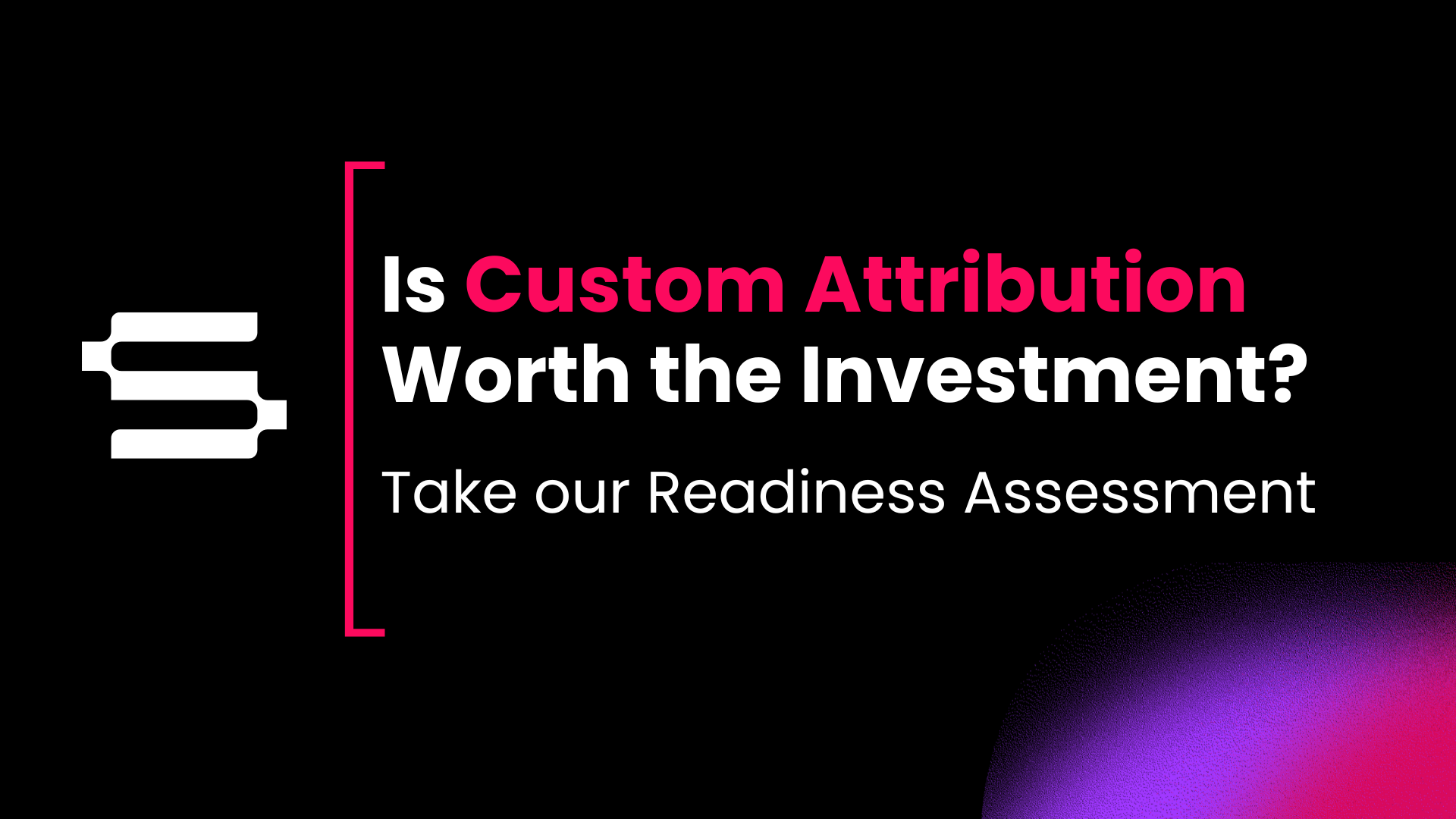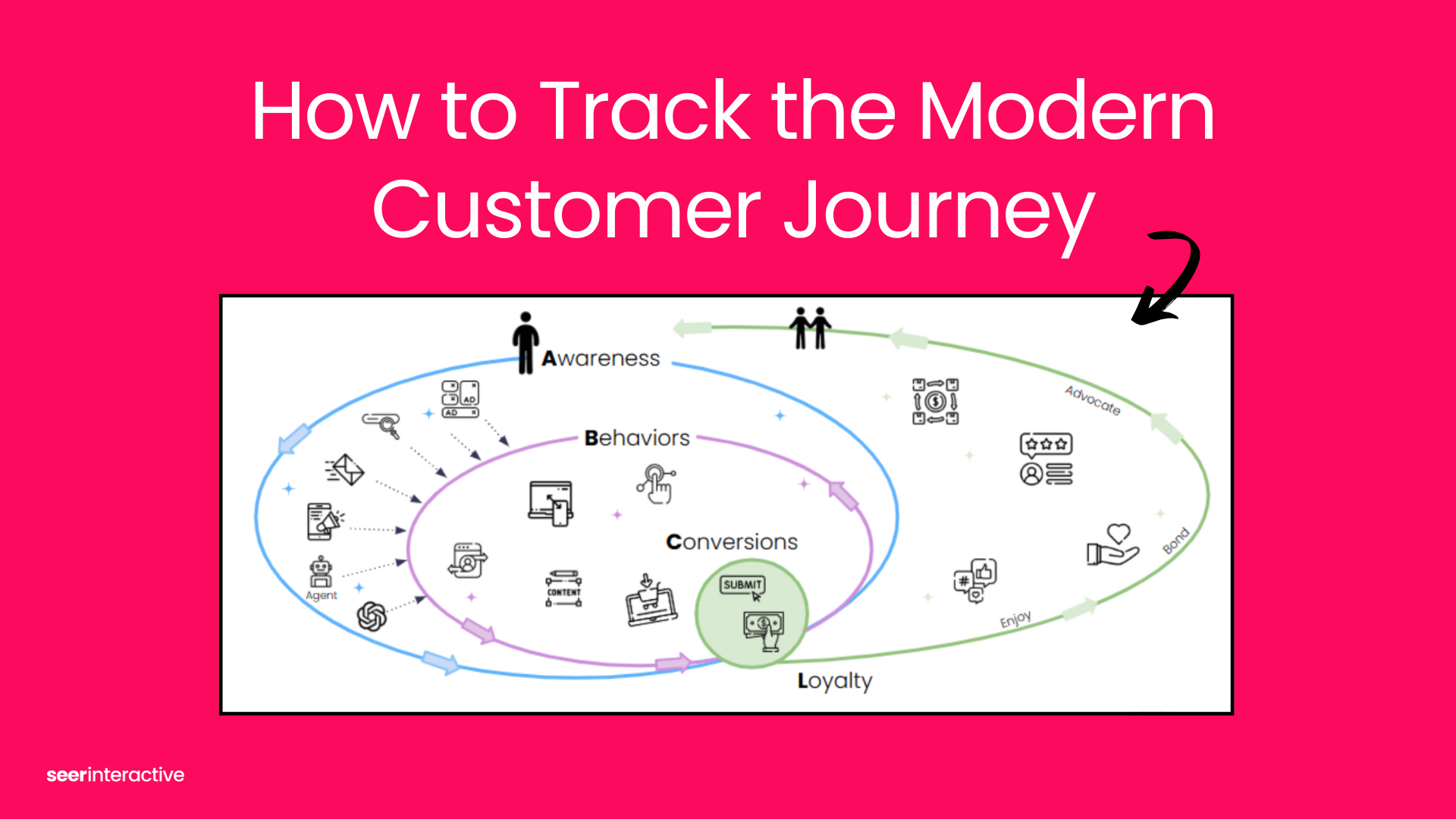The Backstory
On February 4th, Google Analytics (GA) deprecated the Service Provider and Network Domain dimensions. This also abruptly ended the ability to filter your analytics traffic based on ISP Organization and ISP Domain, something many GA views were doing to prevent bot traffic or internal traffic from skewing their reporting.
If you want more details about these changes, you can read my full blog post here.
In the weeks since we’ve received no clearer communication about why Google made this change but it is highly unlikely to be reversed so we must adapt. Personally, I am convinced that Google didn’t make this change lightly; they must have had a strong internal motivation even if those reasons are not being shared with the rest of us.
Google did mention to their partners that there are third-party tools to help fill this gap and we’ll highlight several of those options later in this post.
If you want to skip to the solutions we've proposed later on, click here!
But first let’s review some of the ways that users were using the Service Provider and Network Domain dimensions and how those use cases are impacted.
Previous Use Cases for 'Network Domain' and 'Service Provider'
Why is everyone so up in arms about Google’s removal of these dimensions? There were three excellent uses, among others:
- Bot/Spam Detection
- Internal Traffic Filtering
- Lead Generation
Bot/Spam Detection
Countless GA users would use network domain and service provider to identify bot and spam traffic in their reports and would exclude it from their views with an ISP Organization filter. Not only can you no longer identify problematic traffic in your reports but if you were previously filtering out that traffic using those filters, you’d suddenly see a spike from certain cities.
- Hop into your GA reports and check out the cities of Boardman, OR; Mountain View, CA; or Ashburn, VA to see if you’re seeing bot traffic from those locations.

Internal Traffic Filtering
Service provider was often a dead-simple way to exclude your internal traffic via a view filter. With large corporations, instead of dealing with massive and unwieldy regex to exclude hundreds of IP addresses ranges, it was often as simple as excluding your organization name.
- If you are deploying similar filters, check for signs of internal traffic spiking in your data, and consider creating new filters and replacing them at the Account-Level to exclude internal traffic moving forward. Full instructions available here.

Lead Generation
The impact on lead generation can be higher than any other use case considering many larger organizations had a dedicated company name shown as their Service Provider. Some groups would use this functionality to see which organizations were viewing which pages on their site and build a lead-generation list from this.
For example, one individual who reached out via our blog even used it for the novel purpose of seeing which companies were looking at the resume section of their personal website.
Without a solid closed loop analytics implementation, data about which companies are visiting your site is now gone without a trace.
- If data such as the below was critical to measuring your bottom-line, we'll get into a potential solution later in this post for you to consider.

Where Do We Go from Here?
OK. So if you are frustrated by this removal, we can commiserate on that front. But what can you to plug this gap in your reporting data?
Here are three options you could implement today:
- Simo Ahava posted a walkthrough of a solution that uses the https://ipgeolocation.io/ website. The main drawback here is that the free version of this API is limited to 30K hits a month. That may be enough for smaller sites but many organizations will far exceed that and need to start paying for the service and the price can escalate.
- Purchase an IP to ISP organization database and roll out your own in-house solution. This option would be a much greater lift for you but the biggest benefit would be that you could control the whole process and could customize/tweak which fields you want to track. Additionally, if you have a massive volume of hits this option would bring no added cost for scaling up to multiple web properties or additional traffic.
- Invest in a premium (paid) tool such as LeadFeeder. Leadfeeder is a tool that shows you companies that visit your website, which is specifically useful for those who used Service Provider for the same purpose. Leadfeeder also, “partners with a number of CRM tools to help match identified traffic to existing customer/prospect data." There are many other tools out there to consider if Leadfeeder isn't your speed -- such as SalesPanel, Clearbit, and more.
With any of these solutions, always keep in mind what privacy laws (e.g., GDPR or CCPA) apply to your business and locality.
And remember that you should NEVER pass any Personally Identifiable Information (PII) to Google Analytics. Although Google does NOT consider IP addresses or ISP data to be PII, other fields like email addresses or coordinate locations are considered PII. More best practices for data privacy here.
What options should we consider that we haven’t yet? Speak up in the comments! We’d love to hear more ways that others are tackling this issue.


